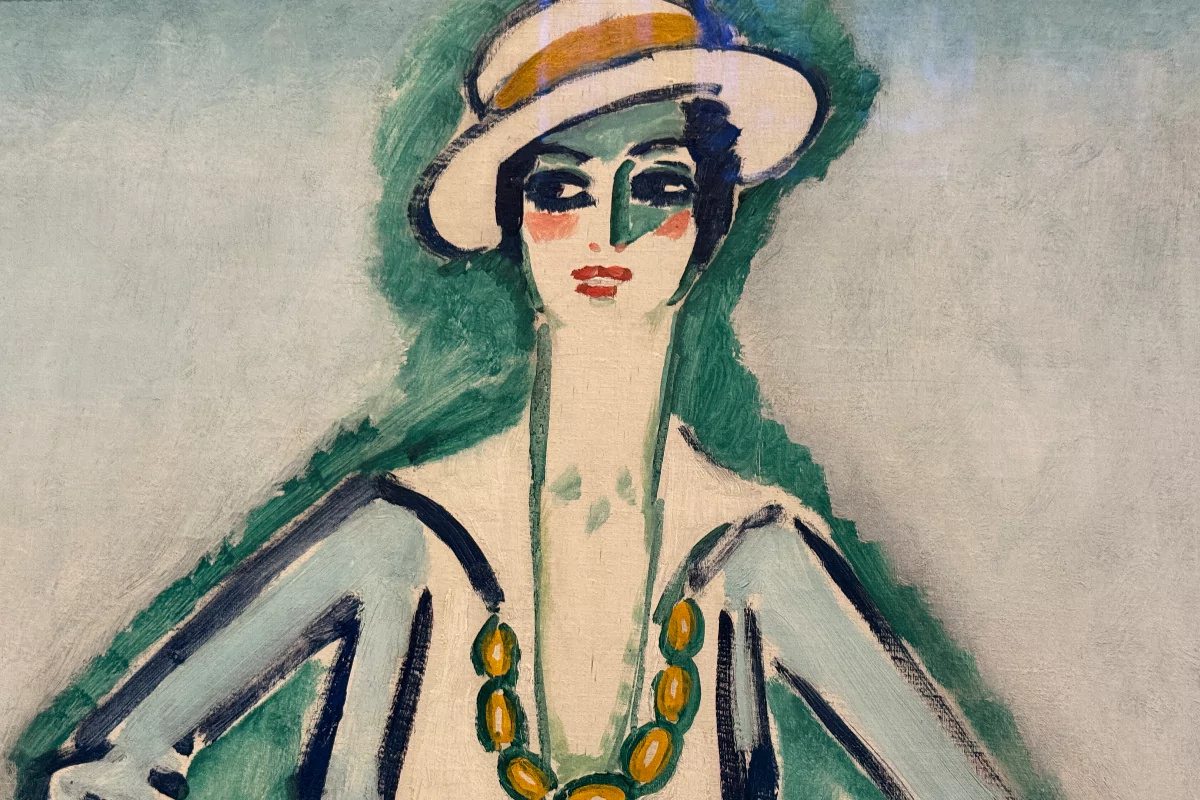The Nouveau Musée National de Monaco – Villa Paloma is currently hosting ‘Les Années folles de Coco Chanel’, running through 5th October. For the first time, this comprehensive exhibition explores Gabrielle Chanel’s creative output specifically within the context of the Côte d’Azur during the transformative 1920s.
The exhibition presents over 200 objects, creating dialogue between 30 Chanel models and accessories and 40 works by artists including Pablo Picasso, Kees van Dongen, Marie Laurencin, and Jean Cocteau. Photographs by artists Man Ray, Edward Steichen, and Roger Schall complete the collection.
Curated by Celia Bernasconi, the show explored three themes: outdoor living and seaside leisure, the Ballet Russes and Slavic influences, and the invention of ‘Riviera style’.
Monaco held special significance in Chanel’s story. In 1914, she opened her second boutique in the Hôtel Hermitage. Under Prince Albert I, Monaco had become a paradise for arts and sport, with Sergei Diaghilev’s Ballets Russes performing every winter after World War 1.
Princess Charlotte, daughter of Prince Louis II, embraced Chanel’s aesthetic so much that she wore a Chanel outfit for her civil wedding ceremony, embodying the modern woman the designer envisioned.

Revolutionary approach to fashion
The exhibition showcases has Chanel revolutionised women’s fashion by creating sportswear for the modern, independent woman. Her boutique in Deauville, Monte Carlo, and later Biarritz offered clothes suitable for golf, tennis and equestrian sports.
As the years passed, Chanel’s involvement with the arts deepened, especially when she met Sergei Diaghilev. This led to costume design for productions like ‘Le Train Bleu’ in 1924, featuring a stage curtain design using Picasso’s ‘Two Women Running on the Beach’.
Her relationship with Grand Duke Dimitri Pavlovich also introduced Russian influences, inspiring her 1922 ‘Russian collection’ and revolutionary costume jewellery—oversized faux pearls that challenged traditional luxury concepts.
In 1928, Chanel built La Pausa in Roquebrune-Cap-Martin, which served as her creative retreat for 20 years. The house welcomed artists including Jean Cocteau, Salvador Dali, Pierre Reverdy, and the Duke of Westminster. Photographs from La Pausa show Chanel embodying her style’s philosophy in casual striped shirts and signature pearl necklaces.
This marks the fourth consecutive year of Chanel’s support for the museum’s programming. The exhibition demonstrates how the French Riviera played a vital role in Chanel’s vision of modern femininity—one that continues influencing fashion today.
See more in Kyriaki Topalidou’s video reel below…
View this post on Instagram
Monaco Life is produced by a team of real multi-media journalists writing original content. See more in our free newsletter, follow our Podcasts on Spotify, and check us out on Facebook, Instagram, LinkedIn and Tik Tok.
Main photo: Kees Van Dongen, Coco Chanel aux courses de Deauville / Femme debout aux courses, 1920. Oil on canvas, 100,2 x 81,3 cm. CHANEL Collection, Paris. Photo by Monaco Life
